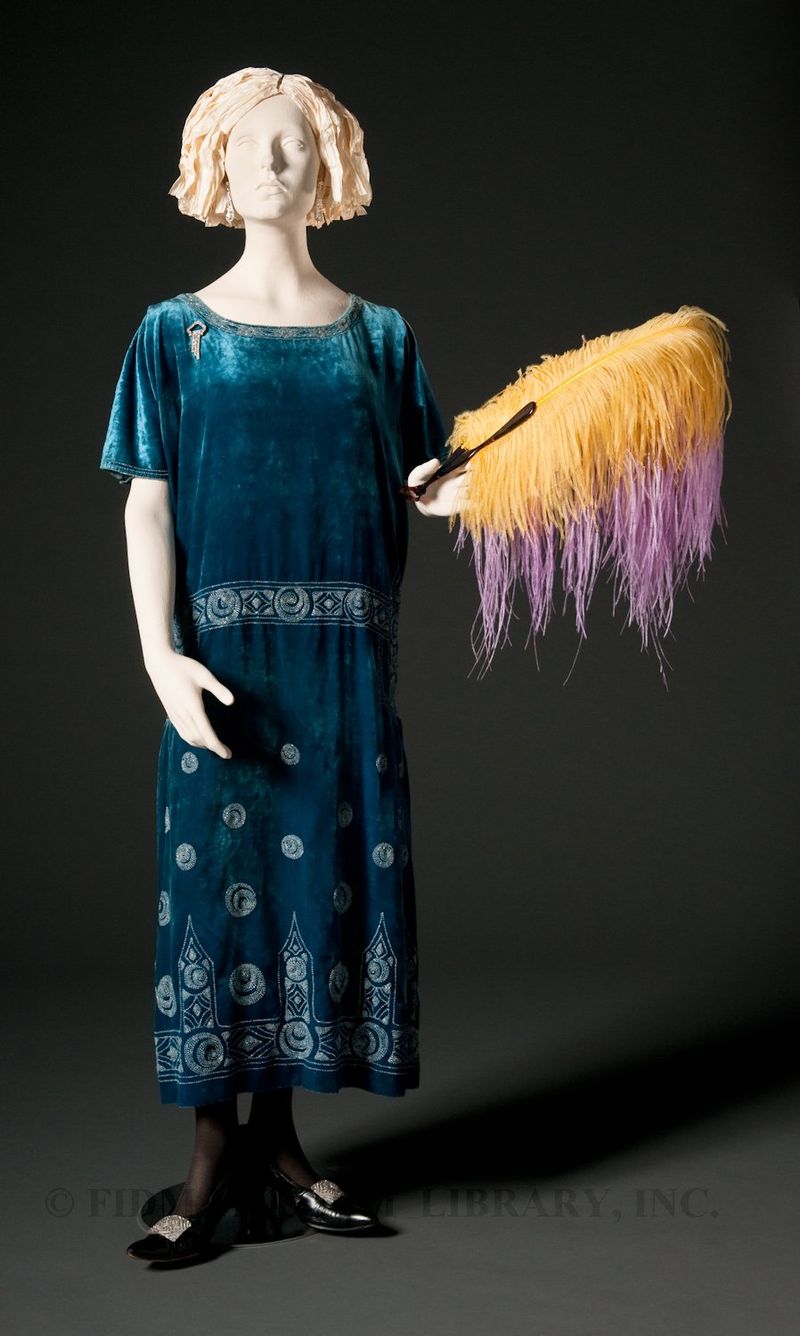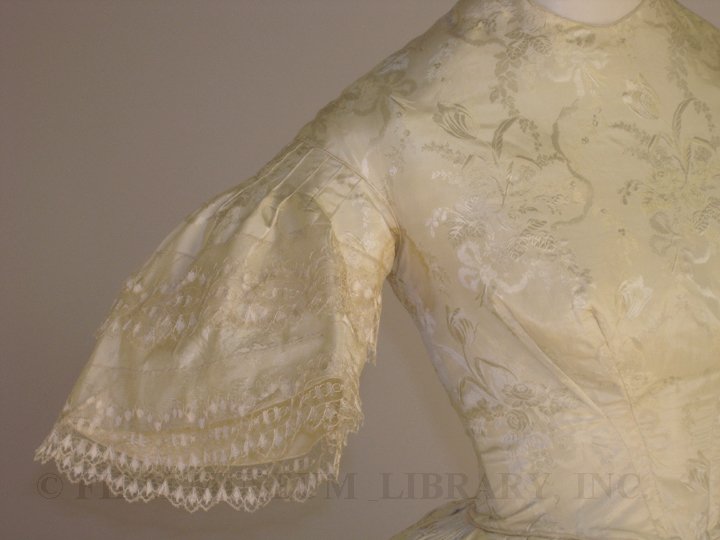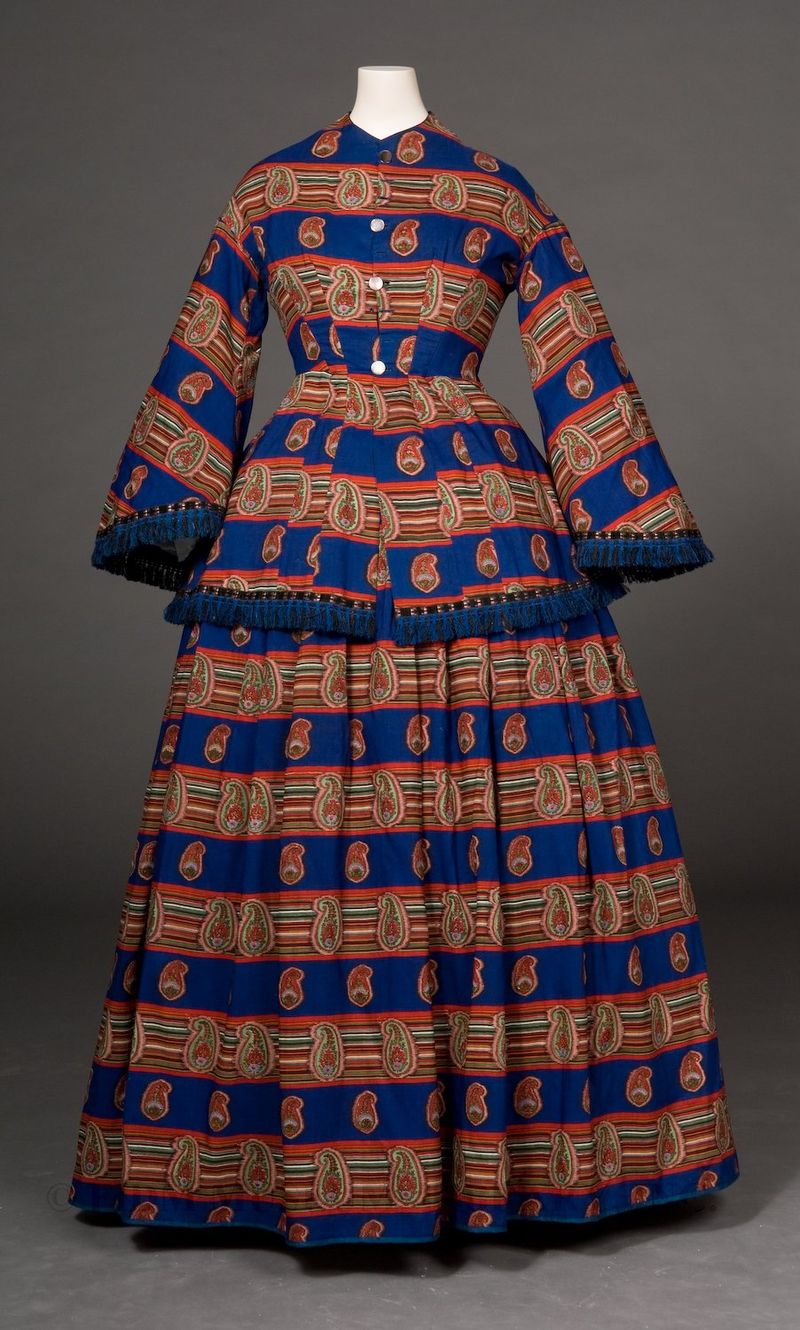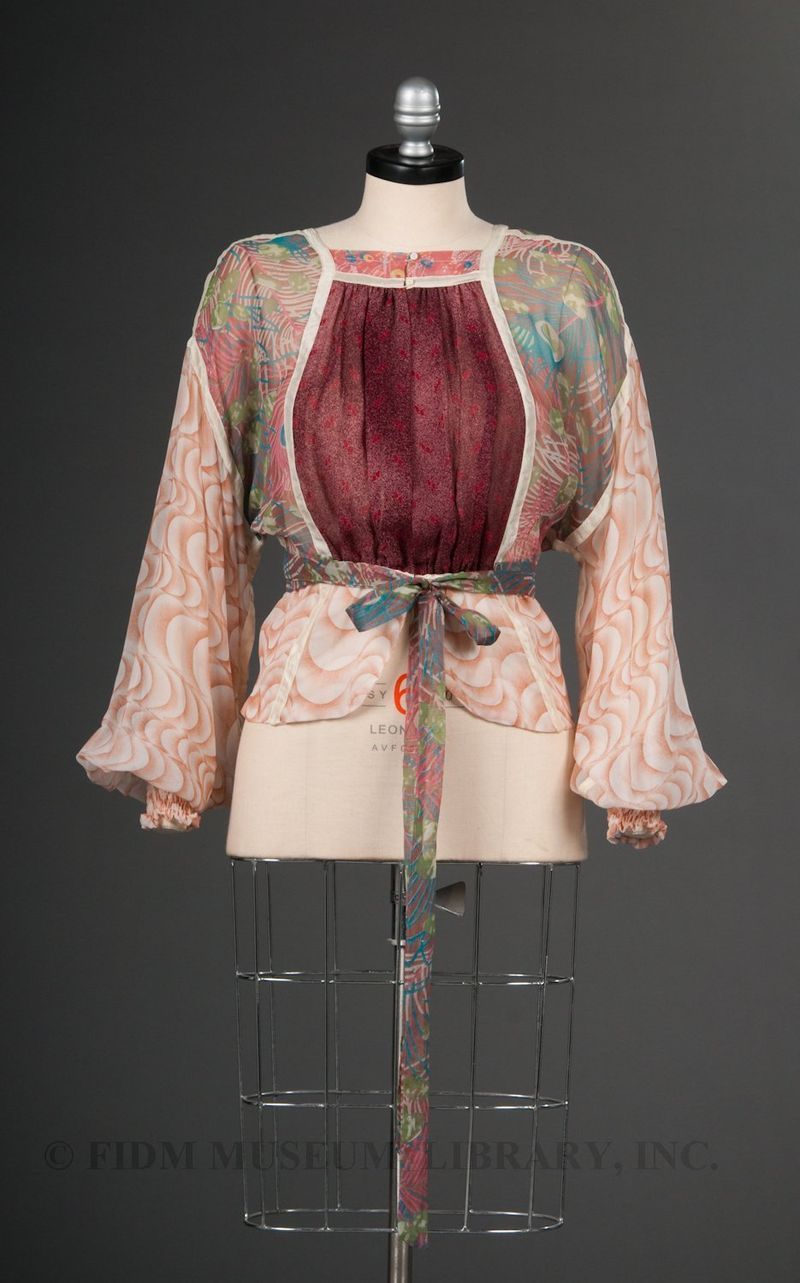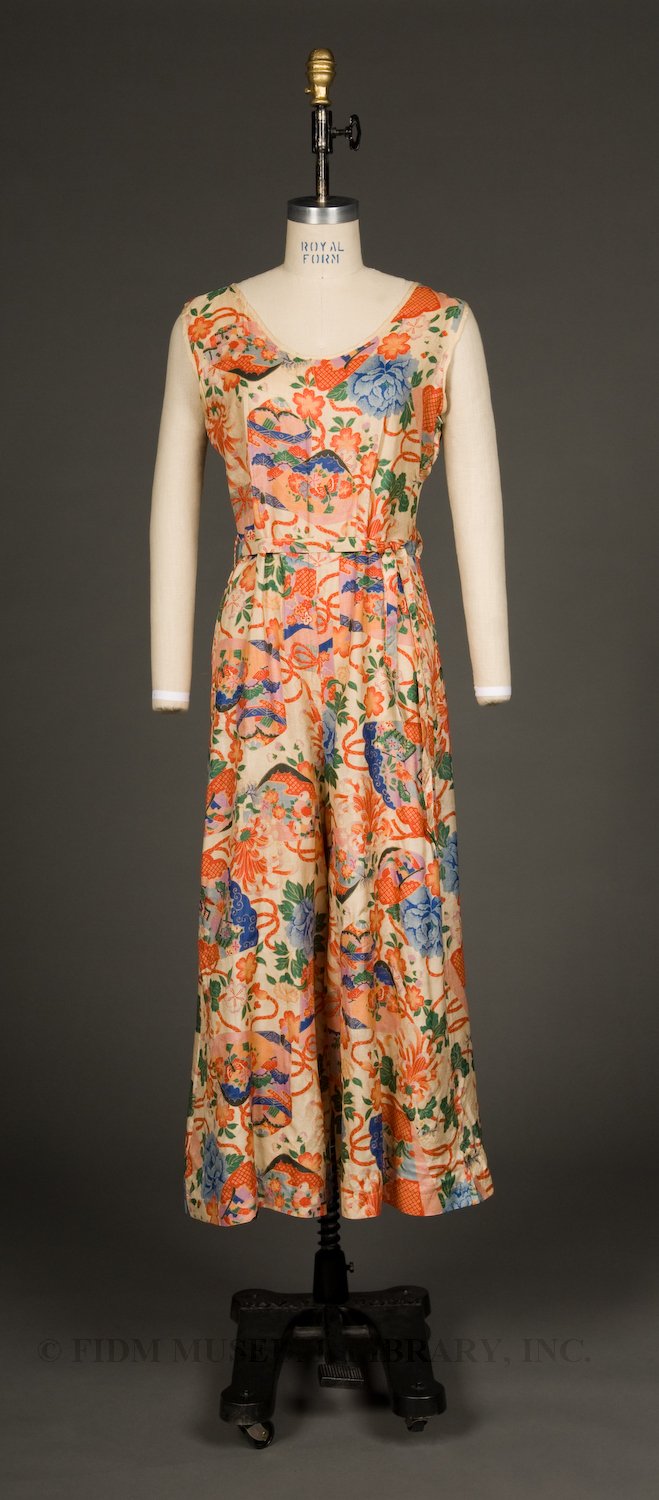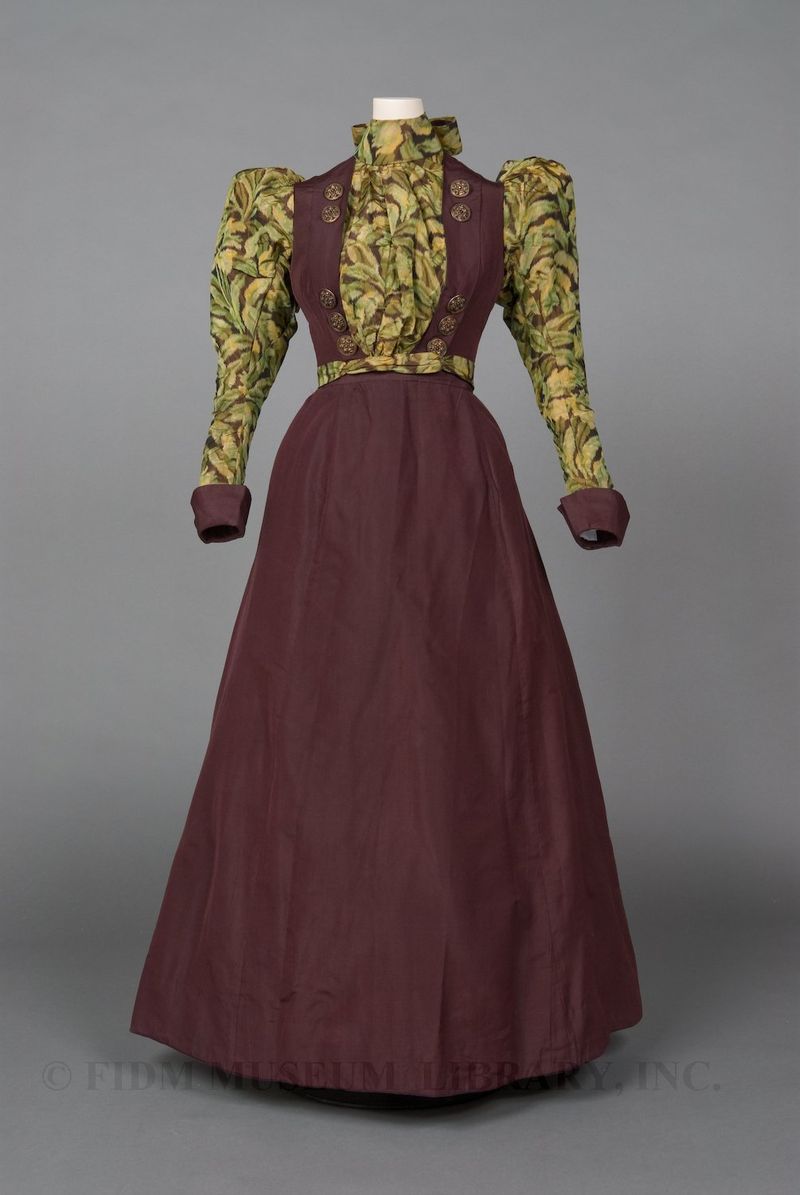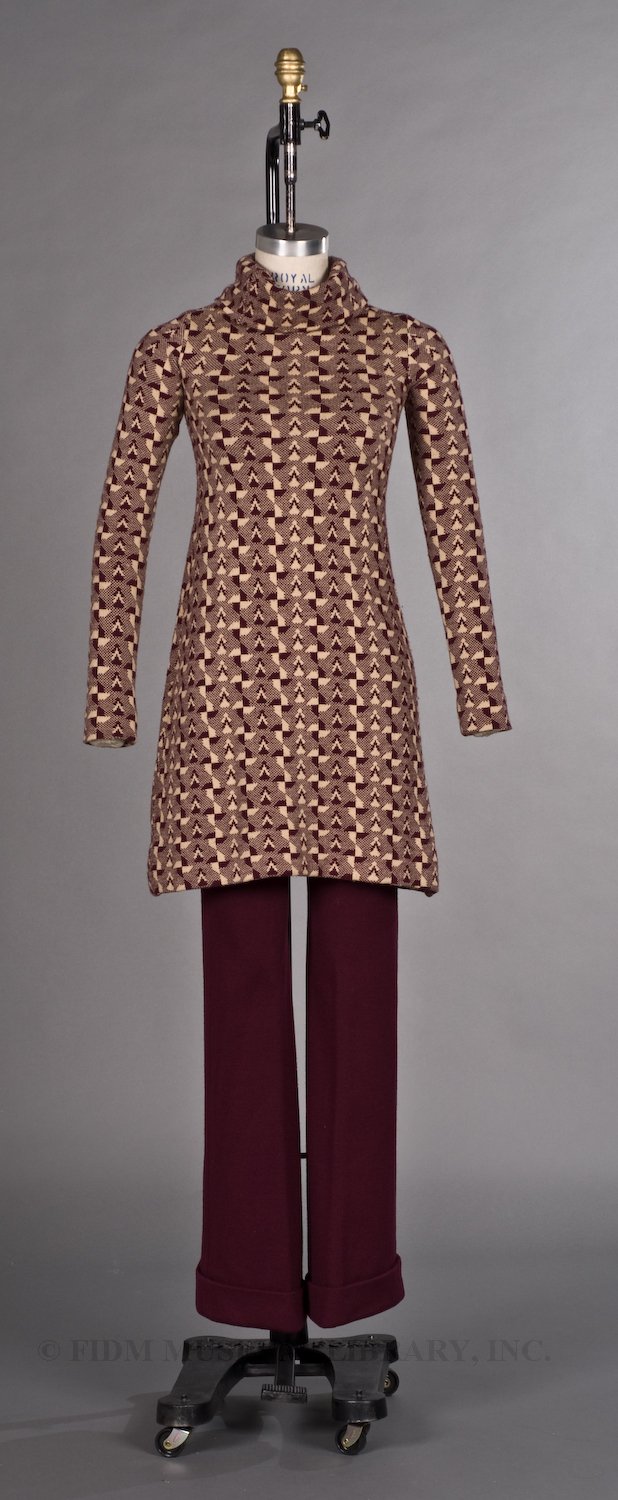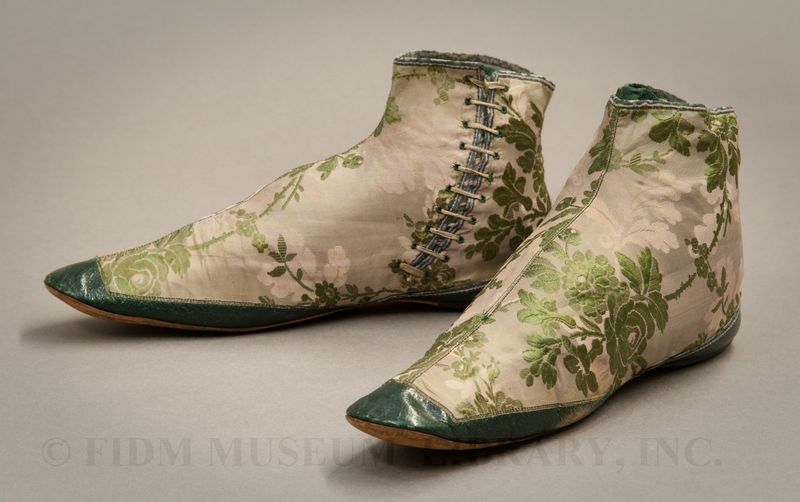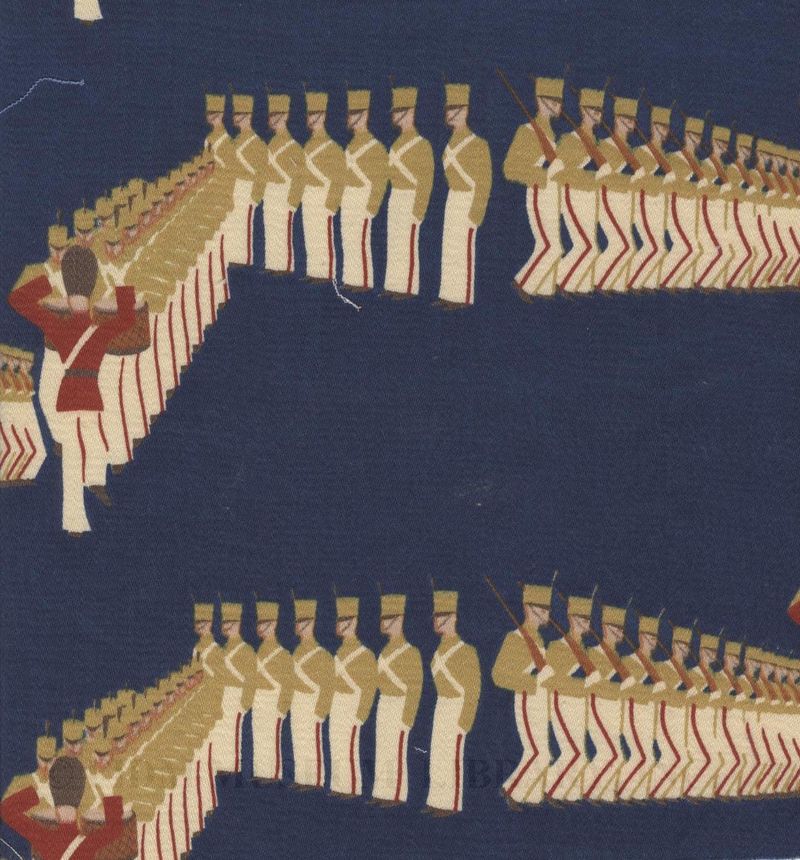This website uses cookies so that we can provide you with the best user experience possible. Cookie information is stored in your browser and performs functions such as recognising you when you return to our website and helping our team to understand which sections of the website you find most interesting and useful.
Evening dress c. 1922 Gift of Laura Stoneman 96.657.2 During the 1920s, nightlife was an important aspect of popular culture. In the United States, the Prohibition of alcohol led to the rise of speakeasies, where patrons could dine, dance and drink in an... Read Article ››
Sybil Connolly
The handling of homespun fabric in a sophisticated manner is the forte of Sybil Connolly.1In 1953, Irish designer Sybil Connolly was "discovered" by a group of American department store buyers and fashion reporters visiting Ireland. Having worked as... Read Article ››
Yoshiki Hishinuma
Popular conceptions of Japanese textile design usually focus on textiles similar to the sky-blue stenciled and embroidered silk seen in this 19th century kimono dressing gown. Made of natural fibers and featuring patterns and motifs borrowed from the natural... Read Article ››
Texture in fashion
Color and pattern are usually the first aspects of a garment to catch the eye, closely followed by silhouette. But what about texture? Though texture might not be the first thing we notice, it plays an important role in establishing the mood of a garment.... Read Article ››
Paisley day dress, 1854-56
Two-piece day dressPrinted wool challis 1854-56 Museum purchase 2004.5.40AB The elongated, tear-drop shaped motif decorating this vivid 1850s day dress is known as a paisley. A motif with ancient origins, the paisley is a stylized derivation of naturalistic... Read Article ››
Koos van den Akker
In a Koos van den Akker garment, fabric is always the focal point. Not just a single luxury fabric, but a riotous mix of fabric patches and panels combined into a surprisingly unified whole. According to the designer, his garments always "start with the... Read Article ››
Lounge pajamas, c. 1935
During the 1920s, pajamas moved from bedroom to beach. Though pajama style pants were suggested by Paul Poiret as avant garde dress during the teens, pajamas were worn primarily as sleepwear until the 1920s. Sometime during the mid-to-late 1920s, pajamas... Read Article ››
Day ensemble, 1894-1895
In 2006, the FIDM Museum received a large donation of garments and accessories spanning almost 100 years of fashion history. With garments dating from about 1850 to the late 1940s, the objects in this donation provide a window into the evolution of... Read Article ››
Sonia Rykiel tunic and pants, 1970
The late 1960s controversy over mini, midi and maxi skirt lengths continued into the early 1970s. Though some designers began experimenting with longer skirts, women declared their loyalty to the mini. In 1970, a young Philadelphia woman spoke for many when... Read Article ››
Evening boots, 1850-55
Women of the mid-nineteenth century had essentially two choices when it came to fashionable footwear: ballet-like slippers or ankle boots. Both types of shoe were made of soft, pliable textiles such as velvet or satin and had a flat, extremely thin leather... Read Article ››
Textile swatches
Today’s post features a hodge-podge collection of textile swatches presented with a minimum of commentary and contextualization. We’ll be back to our usual posts next week. In the meantime, enjoy these striking textiles! Designed as European... Read Article ››
Emilio Pucci
Emilio Pucci's (1914-1992) intensely colored prints are one of the most easily identifiable "signatures" in fashion. Often described as "kaleidoscopic," a classic Pucci print is a swirling mass of abstract shapes, sinuous lines and... Read Article ››

